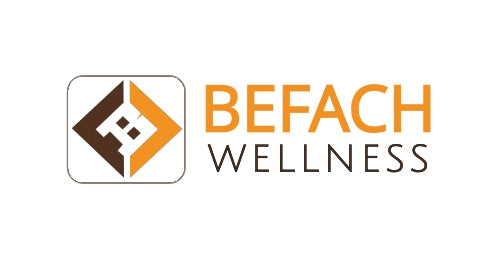News
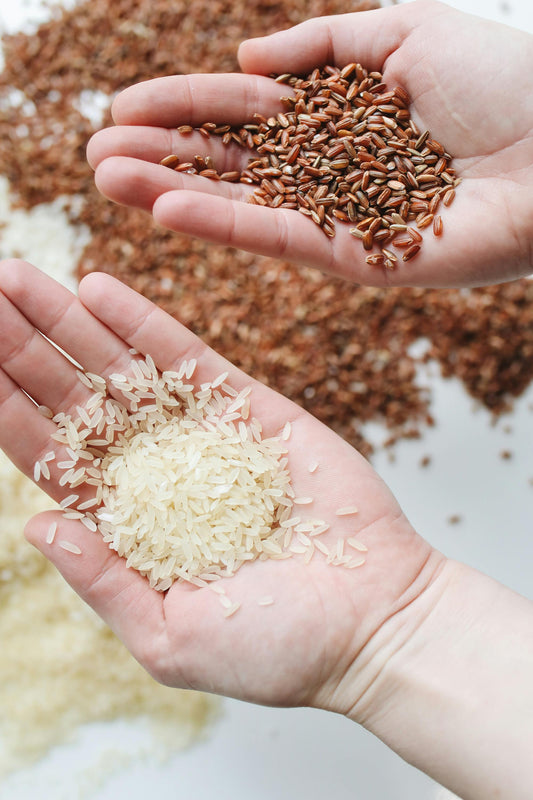
Befach Rice vs Brown Rice: Which One Wins?
Brown rice is often marketed as the healthier choice, but Befach’s low‑GI, fortified, FSSAI‑compliant rice offers unique benefits such as higher satiety, steady energy, and added micronutrients like iron, folic...
Befach Rice vs Brown Rice: Which One Wins?
Brown rice is often marketed as the healthier choice, but Befach’s low‑GI, fortified, FSSAI‑compliant rice offers unique benefits such as higher satiety, steady energy, and added micronutrients like iron, folic...

Fortified With Folic Acid, B12 & More: Why It M...
Fortification with Folic Acid, Vitamin B12, Iron, and other micronutrients helps fight hidden hunger, anemia, and birth defects in India. These nutrients are often deficient due to diet gaps, making...
Fortified With Folic Acid, B12 & More: Why It M...
Fortification with Folic Acid, Vitamin B12, Iron, and other micronutrients helps fight hidden hunger, anemia, and birth defects in India. These nutrients are often deficient due to diet gaps, making...
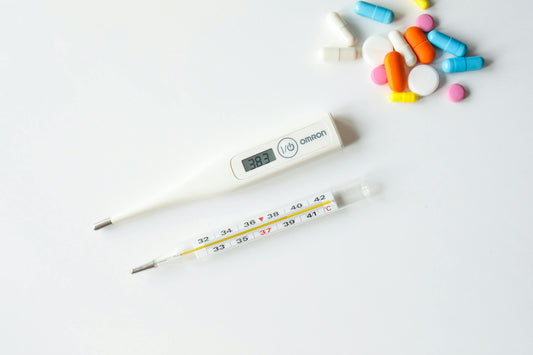
How Temperature & Texture Affect Glycemic Response
Temperature and texture change how fast your body absorbs carbohydrates. Cooling cooked rice increases resistant starch and lowers glycemic response; overcooking or making rice very soft/sticky can raise it. Pairing...
How Temperature & Texture Affect Glycemic Response
Temperature and texture change how fast your body absorbs carbohydrates. Cooling cooked rice increases resistant starch and lowers glycemic response; overcooking or making rice very soft/sticky can raise it. Pairing...
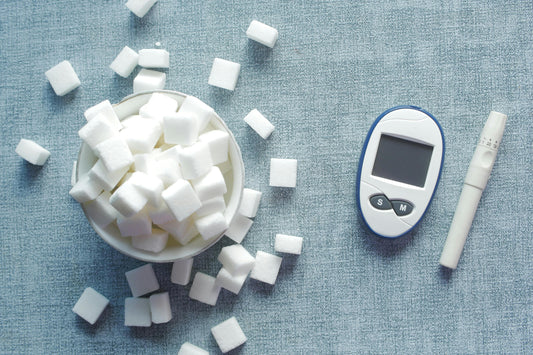
How Temperature & Texture Affect Glycemic Response
Temperature and texture change how fast your body absorbs carbohydrates. Cooling cooked rice increases resistant starch and lowers glycemic response; overcooking or making rice very soft/sticky can raise it. Pairing...
How Temperature & Texture Affect Glycemic Response
Temperature and texture change how fast your body absorbs carbohydrates. Cooling cooked rice increases resistant starch and lowers glycemic response; overcooking or making rice very soft/sticky can raise it. Pairing...
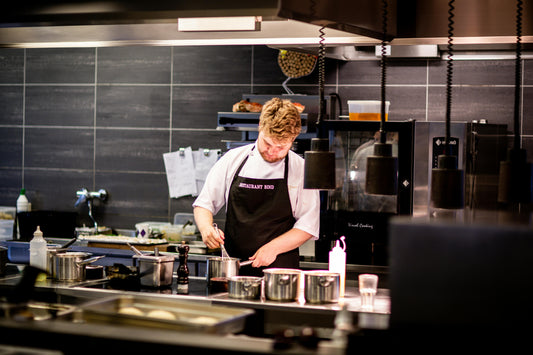
Impact of Cooking Method on GI
Different cooking methods dramatically affect the Glycemic Index (GI) of rice. Overcooked or sticky preparations can raise GI, while steaming, parboiling, or cook‑cool‑reheat methods lower it by increasing resistant starch....
Impact of Cooking Method on GI
Different cooking methods dramatically affect the Glycemic Index (GI) of rice. Overcooked or sticky preparations can raise GI, while steaming, parboiling, or cook‑cool‑reheat methods lower it by increasing resistant starch....

GI 101: Why It Matters & How Befach Helps
The Glycemic Index (GI) measures how fast foods raise blood sugar. Lower‑GI choices support steadier energy, better satiety, and healthier metabolism—especially important for families, athletes, and people managing diabetes. Befach...
GI 101: Why It Matters & How Befach Helps
The Glycemic Index (GI) measures how fast foods raise blood sugar. Lower‑GI choices support steadier energy, better satiety, and healthier metabolism—especially important for families, athletes, and people managing diabetes. Befach...
